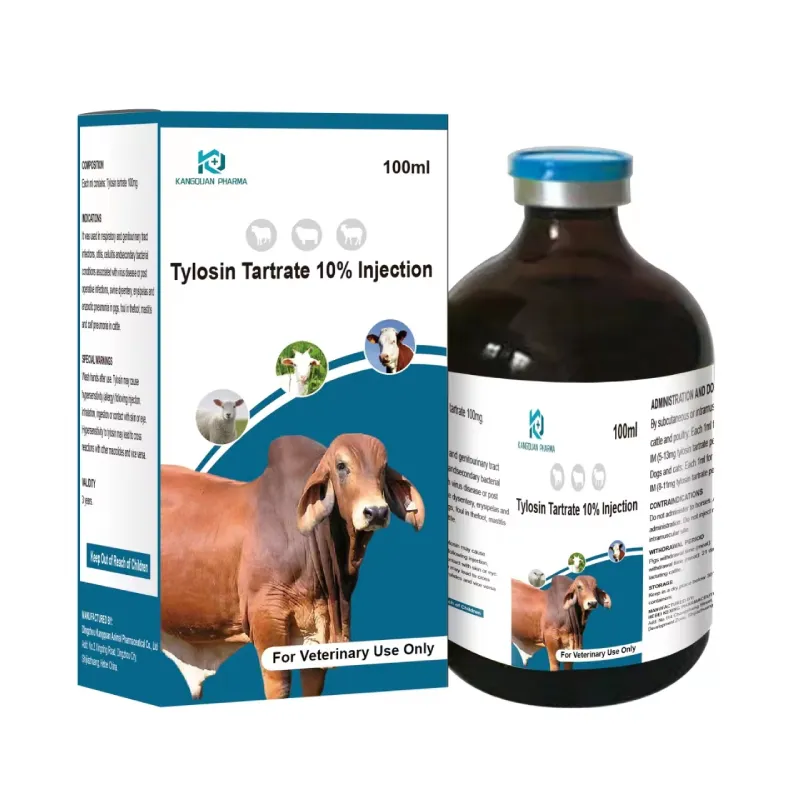- Afrikaans
- Albanian
- Amharic
- Arabic
- Armenian
- Azerbaijani
- Basque
- Belarusian
- Bengali
- Bosnian
- Bulgarian
- Catalan
- Cebuano
- Corsican
- Croatian
- Czech
- Danish
- Dutch
- English
- Esperanto
- Estonian
- Finnish
- French
- Frisian
- Galician
- Georgian
- German
- Greek
- Gujarati
- Haitian Creole
- hausa
- hawaiian
- Hebrew
- Hindi
- Miao
- Hungarian
- Icelandic
- igbo
- Indonesian
- irish
- Italian
- Japanese
- Javanese
- Kannada
- kazakh
- Khmer
- Rwandese
- Korean
- Kurdish
- Kyrgyz
- Lao
- Latin
- Latvian
- Lithuanian
- Luxembourgish
- Macedonian
- Malgashi
- Malay
- Malayalam
- Maltese
- Maori
- Marathi
- Mongolian
- Myanmar
- Nepali
- Norwegian
- Norwegian
- Occitan
- Pashto
- Persian
- Polish
- Portuguese
- Punjabi
- Romanian
- Russian
- Samoan
- Scottish Gaelic
- Serbian
- Sesotho
- Shona
- Sindhi
- Sinhala
- Slovak
- Slovenian
- Somali
- Spanish
- Sundanese
- Swahili
- Swedish
- Tagalog
- Tajik
- Tamil
- Tatar
- Telugu
- Thai
- Turkish
- Turkmen
- Ukrainian
- Urdu
- Uighur
- Uzbek
- Vietnamese
- Welsh
- Bantu
- Yiddish
- Yoruba
- Zulu
10 月 . 05, 2024 14:08 Back to list
gentamicin so4
Gentamicin Sulfate An Overview
Gentamicin sulfate is a broad-spectrum aminoglycoside antibiotic widely used in the treatment of various bacterial infections. Discovered in the 1960s, it has played a crucial role in modern medicine, particularly in treating infections caused by Gram-negative bacteria. This article provides an overview of gentamicin sulfate, covering its mechanism of action, uses, administration routes, side effects, and considerations in clinical practice.
Mechanism of Action
Gentamicin exerts its antimicrobial effect by binding to the 30S ribosomal subunit of bacterial ribosomes. This binding disrupts protein synthesis, leading to the production of nonfunctional proteins and ultimately resulting in bacterial cell death. The drug is particularly effective against aerobic Gram-negative bacteria, such as Pseudomonas aeruginosa, Escherichia coli, and Klebsiella species. It is also effective against some Gram-positive bacteria, including Staphylococcus aureus, especially when combined with other antibiotics.
Clinical Uses
Gentamicin sulfate is used to treat a variety of infections, particularly those involving the urinary tract, respiratory system, and bloodstream. It is commonly employed in hospital settings for serious infections, including sepsis, intra-abdominal infections, and meningitis, particularly in immunocompromised patients. Additionally, gentamicin is often used in conjunction with beta-lactam antibiotics to enhance efficacy in treating certain infections.
One notable advantage of gentamicin is its ability to penetrate well into tissues, making it a suitable choice for severe infections. However, its use is often reserved for specific situations due to potential toxicities associated with aminoglycosides.
Administration Routes
Gentamicin sulfate can be administered via different routes, depending on the infection being treated. The most common routes include intravenous (IV) and intramuscular (IM) injections, which allow for rapid increases in serum concentrations of the drug. In some cases, gentamicin can also be administered topically for localized infections.
In chronic conditions or outpatient settings, gentamicin may be given via continuous infusion, which can help maintain therapeutic levels while minimizing toxicity risk. Close monitoring of serum drug levels is essential with this antibiotic due to its narrow therapeutic window.
gentamicin so4

Side Effects
While gentamicin sulfate is effective, it is associated with several adverse effects that clinicians must consider. The most significant risks are nephrotoxicity and ototoxicity. Nephrotoxicity can manifest as acute kidney injury, particularly in patients with pre-existing renal impairment or those receiving high dosages. Monitoring kidney function through serum creatinine levels is essential during treatment.
Ototoxicity can lead to hearing loss or balance issues, especially in patients with prolonged therapy or underlying risk factors. Regular audiometric assessments may be warranted for patients on long-term gentamicin therapy.
Other common side effects include dizziness, rash, and local injection site reactions. Rarely, anaphylactic reactions may occur, requiring immediate medical attention.
Considerations in Clinical Practice
Given the potential adverse effects associated with gentamicin sulfate, its use should be carefully considered. A thorough patient history, including renal function and any prior exposure to aminoglycosides, is crucial. Clinicians should adhere to recommended dosing guidelines and adjust dosages based on renal function and drug levels.
In cases where gentamicin is used, therapeutic drug monitoring can be invaluable. Measuring peak and trough levels helps ensure that the drug reaches effective concentrations while minimizing toxicity risk.
Conclusion
Gentamicin sulfate remains a vital tool in the treatment of serious bacterial infections, particularly those caused by antibiotic-resistant organisms. While effective, the potential for significant side effects necessitates careful patient management. By understanding the drug's pharmacodynamics and monitoring its use, healthcare professionals can harness the benefits of gentamicin sulfate while mitigating associated risks, ultimately improving patient outcomes in the fight against bacterial infections.
-
The Power of Radix Isatidis Extract for Your Health and Wellness
NewsOct.29,2024
-
Neomycin Sulfate Soluble Powder: A Versatile Solution for Pet Health
NewsOct.29,2024
-
Lincomycin Hydrochloride Soluble Powder – The Essential Solution
NewsOct.29,2024
-
Garamycin Gentamicin Sulfate for Effective Infection Control
NewsOct.29,2024
-
Doxycycline Hyclate Soluble Powder: Your Antibiotic Needs
NewsOct.29,2024
-
Tilmicosin Premix: The Ultimate Solution for Poultry Health
NewsOct.29,2024













